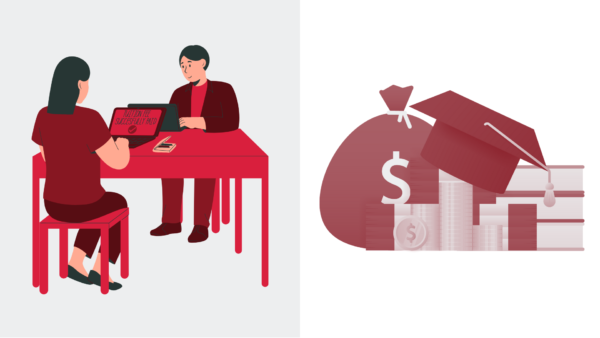
MIT has been extremely selective in its admissions process, with an acceptance rate of only 4.1% for the Class of 2025. This renowned institution is looking to bring in a group of top-tier students who are qualified and ready to thrive at one of America’s most esteemed universities. It is also important to note that in the 2023-24 admission cycle, Indian students were the second-highest international student community at MIT.
The Massachusetts Institute of Technology received 11,924 early action applications for the Class of 2027, resulting in an acceptance rate of 5.74 percent.
MIT applications are highly competitive, and the admissions process can be daunting. Aspiring Indian students must understand that MIT admission is a rigorous process, and they need to focus on their academic and extracurricular achievements.
If you are wondering, “how to get into MIT university from India?” then it is important to look beyond grades. MIT seeks applicants who are passionate, and motivated and show exceptional academic ability and leadership qualities.
Important Dates for Admissions
MIT has specific application deadlines and requirements for both Early Action (EA) and Regular Action (RA) applicants. The details are as follows:
- For EA, the deadline is November 1st, including all application components, letters of recommendation, the Secondary School Report (SSR), and standardized test scores. Mid-February marks the submission deadline for the February Updates & Notes Form.
- RA applicants, on the other hand, have until January 4th to complete their applications, including the same components and testing requirements.
- Like EA, RA applicants must also submit the February Updates & Notes Form by mid-February.
Step 1: Understanding what MIT is looking for
Like every university, MIT strives to bring in a diverse group of students who will enrich the institution. Beyond academics, the university looks for students who have unique talents, experiences, and leadership qualities. MIT wants to find students with an entrepreneurial spirit and a passion for solving real-world problems. Here are some of the key criteria that MIT looks for in its applicants:
- Aligning with MIT’s Mission: MIT students are passionate about their chosen field and engage in areas such as research, design, entrepreneurship, and environmental sustainability. The university doesn’t expect you to have all the answers, but it looks for individuals who are willing to explore and discover.
- Collaboration and Co-operation: MIT is known for its interdisciplinary research, and this spirit of collaboration extends to classes too! Many problem sets or homework require teams to work together on projects – plus there are lots of opportunities for students from different departments to collaborate in labs.
- Showing Initiative: MIT is overflowing with possibilities, but it’s up to you to act and seize them. The institute looks for individuals who are creative, innovative, and resourceful. If you can demonstrate a willingness to take on challenges and attempt new things, then you will be highly valued by MIT.
- Taking Risks: MIT encourages its students to take risks, both in their coursework and outside of it. Whether you are working on a project or launching a business, MIT looks for students who are willing to explore, learn from their mistakes, and make the most out of any situation.
- Creativity: MIT looks for applicants who can think outside the box and come up with creative solutions for complex problems. They want to see that you are not afraid to challenge conventions and explore unique ideas.
- Curiosity and Enthusiasm: MIT is looking for inquisitive students who can bring passion and enthusiasm to their work. If you are genuinely interested in exploring ideas, asking questions, and learning more, then you will be welcomed by MIT.
- Prioritizing Balance: MIT values students who can manage their time and prioritize balance in their lives. They recognize that personal health and well-being are as important as academic success, so they look for applicants who can demonstrate an ability to take care of themselves.
- Be a Part of the MIT Community: MIT looks for applicants who are eager to be a part of its vibrant and collaborative community. From student-run organizations to engaging discussions, MIT is full of opportunities – so show them how you can contribute to this atmosphere.
These are some of the key components to demonstrate if you want to get admission to MIT from India. With hard work and dedication, you can make your dream of studying at MIT a reality.
Overall, while grades are important, they are not the only factor that MIT looks at when selecting their realized. Now that you understand what MIT looks for in students, let’s have a look at the admission process.
Step 2: Understanding the eligibility criteria
The next step is to understand the eligibility requirements for the first-year application or the transfer application (as applicable). MIT requires the SAT or the ACT scores and further details on their testing requirements can be found here. We have listed the detailed eligibility criteria above.
Step 3: Choosing the right course
MIT has 6 schools offering undergraduate and graduate degrees, including the School of Architecture and Planning, School of Engineering, School of Humanities, Arts, and Social Sciences, Sloan School of Management, School of Science, and MIT Schwarzman College of Computing. Choosing the right course from these schools is the first step toward getting into MIT. You must ensure that the course you are applying for aligns with your academic and professional goals.
You can also reach out to us at www.tcglobal.com for a counselling session or an aptitude test to help you understand the course which will be the best fit for you.
IMG1
Next simply fill out the student profile with your educational background, work experience (if applicable), and other details.
IMG2
Next, you can shortlist relevant courses, and colleges and schedule a session with the TC Global Team for the next steps.
IMG3
Step 4: Completing application formalities
MIT’s online application is available from mid-August to the first week of January, providing prospective students abundant time to submit their applications. Students are required to pay an application of $75, however, fee waivers are available on request.
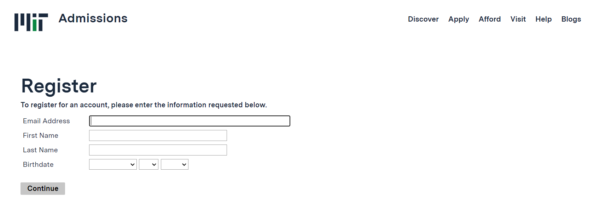
Deadlines:
- Early Action: 1st November
- Regular Application: 5th January
List of important documents:
Indian students applying to MIT must provide the following documents:
- Official school transcripts
- A letter of recommendation
- SAT or ACT scores
- Official TOEFL or IELTS scores (for foreign students only)
- Essays and personal statements
- A statement of purpose
- Resume or CV
- Self-reported Coursework Form
- Creative Portfolio (if required)
Personal essay
Besides your grades, writing an impressive essay, a personal statement, and a statement of purpose are also essential for getting into MIT. They should reflect your unique personality, demonstrate your commitment to academic excellence and show the various ways in which you can contribute to their community.
At the same time, don’t try to project yourself as someone you are not. Authenticity is key and the MIT admissions committee can easily detect if you are being untruthful.
Creative portfolios
MIT faculty and staff are invited to review optional portfolios submitted by researchers, performers, visual artists, and makers through the online platform SlideRoom. To ensure that your application and portfolio are considered during the same cycle, you must them both by November 1 for Early Action or January 5 for Regular Action.
Research
Students who have conducted significant research outside of the classroom submit their Research Supplement via SlideRoom. For those who have worked on numerous research projects, selecting the one that is most meaningful and noteworthy should be your primary focus.
Music and theatre arts
All performing artists with exceptional talent (e.g., musicians, composers, dancers, designers, directors, writers and actors) should submit a supplementary portfolio via SlideRoom. For the best chances of consideration for admission, it is recommended to submit work that illustrates a range of styles or skills along with a letter of recommendation from a current or recent teacher.
Visual art and architecture
Students can submit their outstanding artwork portfolios to MIT. Every form of art from design and illustration to painting, mixed media, digital media, photography, sculpture, and architecture is welcome. Showcasing the degree of creativity, skill, and accomplishment in your work will help your application stand out.
Makers
By utilizing the Maker Portfolio, students have a platform to display their projects that involve creative thinking, technical expertise, and hands-on education through doing
Step 5: Preparing for your interview
Applicants are invited for interviews with a member of the MIT Educational Council. Typically Early Action Interviews take place in November whereas Regular Action interviews are scheduled in January. During the interview, you will be asked questions related to your background, interests, and ambitions.
It is important to practice beforehand so that you are prepared with appropriate answers. Mock interviews with experienced professionals can also be a great way to get ready for the actual interview.
You should also be prepared to ask your own questions. Doing some research about MIT and having an understanding of its culture, values, and objectives can help you ask interesting, insightful questions. Over-rehearsed answers are a big no-no as the admissions team is looking for students who are passionate and prepared to take initiative.
Finally, interviews provide an opportunity for you to understand more about yourself and how you would fit in the MIT community. Hence, make sure that you are paying attention and taking away something valuable from the entire experience.
Step 6: Waiting for the results
The talented admissions officers at MIT will thoroughly review your application, and you can expect to receive the official decision around mid-December for Early Action or by mid-March for Regular Action. Once a specific release date and time have been decided, the team will send out instructions on how to access the decision letters. These emails will be sent to all admitted students approximately one week before decisions are officially released.
Regardless of the outcome, congratulations on taking the leap and applying to MIT. The entire process is a great learning experience for you as it teaches you about yourself and how to put your best foot forward.
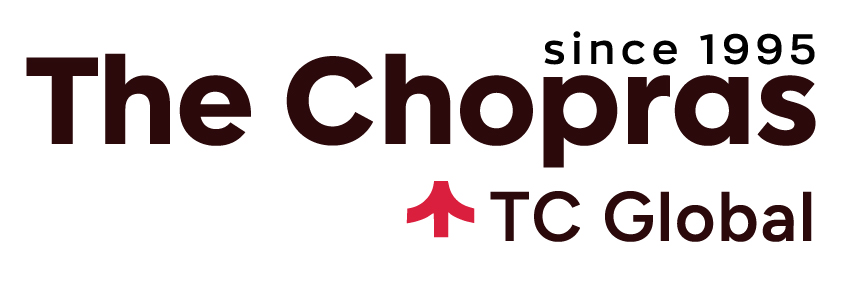


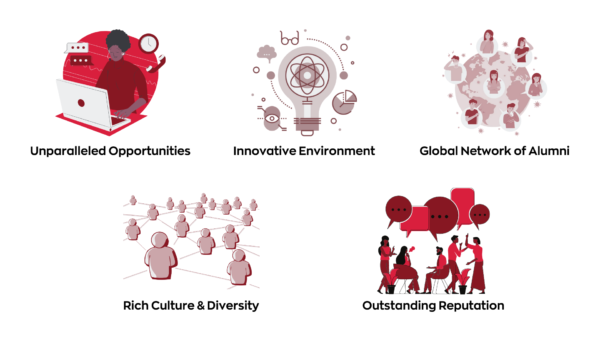


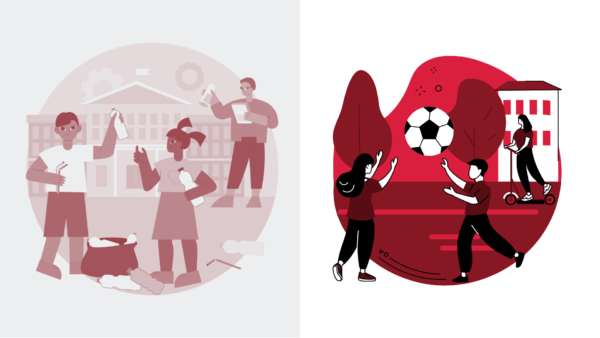




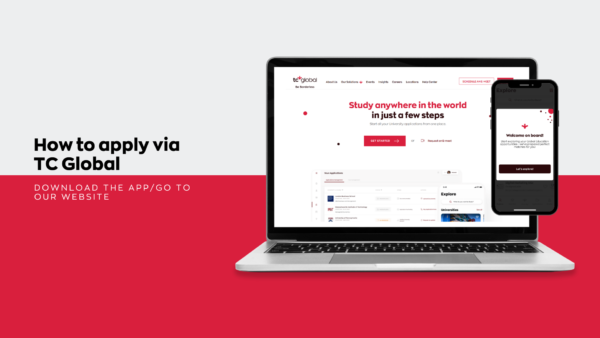
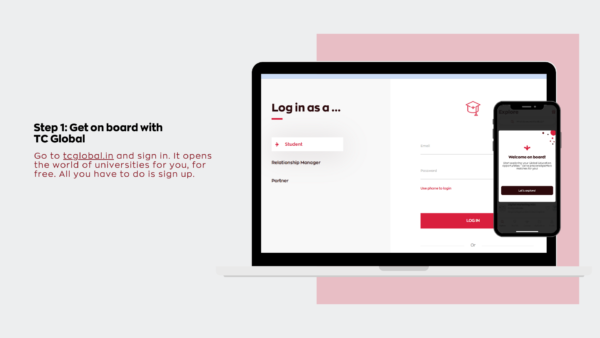
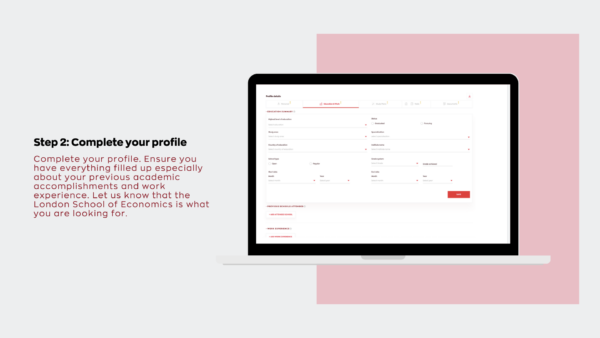







![Best Universities in New Zealand for International Students [2025 Rankings]](https://tcglobal.com/wp-content/uploads/2025/09/Best-Universities-in-New-Zealand-for-International-Students-2025-Rankings-600x338.png)